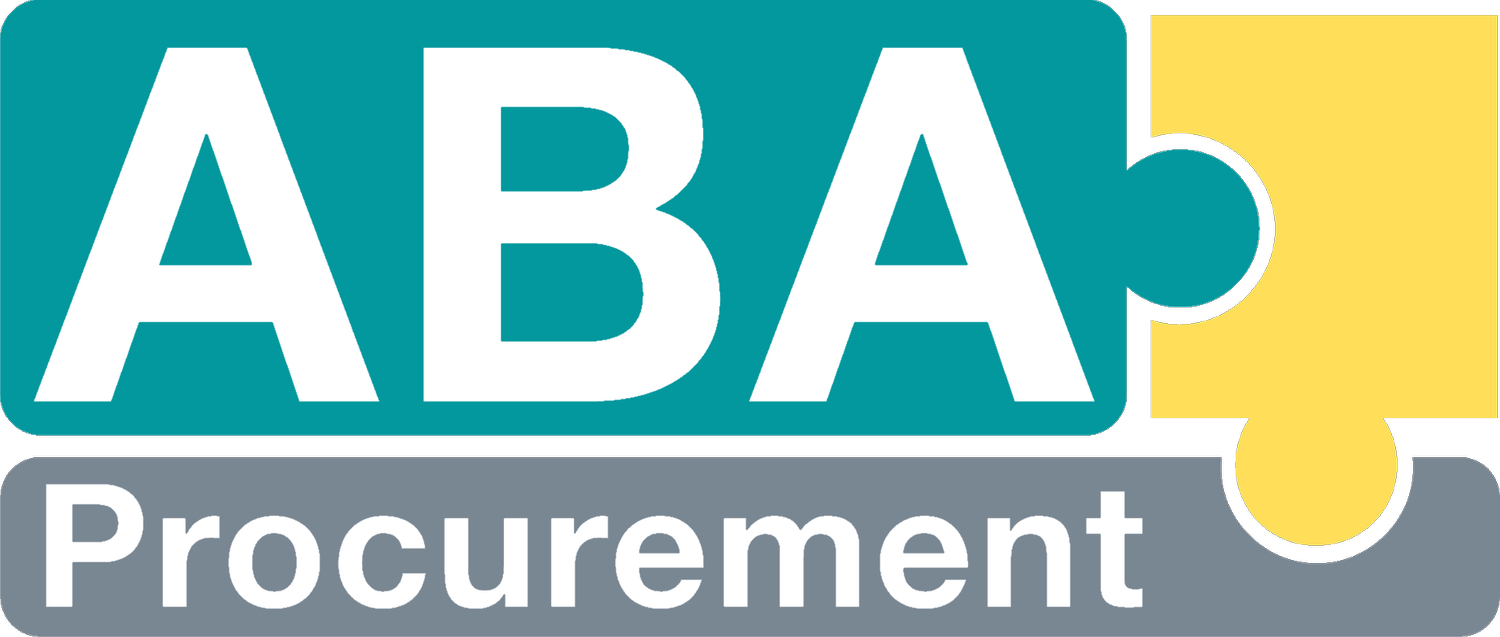Who Wants to Meet the Buyer??
Can’t get your stakeholders out to visit a conference? Bring the suppliers to them!
Pre-market engagement can help get interest in your project/tender/organisation and get your suppliers enthusiastic to take part. Sometimes, it can be difficult to know how best to start with pre-market enagement, though. One way is through ‘meet the buyer’ days which give one to one time between procurement, key stakeholders and the suppliers.
In this article, I’ll let you know how I went about this and the benefit of holding this type of event.
I recently arranged* three pre-market engagement events – two in person and one online for international suppliers and those who couldn’t make an in-person event.
Why Meet The Buyer?
Everyone I talk to in Procurement wants to meet more suppliers and get the supply market engaged in their organisation and team, and the supplier day has been really useful for that so here’s some practical tips on:
The benefits of pre-market engagement with suppliers
Who was involved
The agenda and timings for the day
Surprises
Feedback from suppliers and stakeholders
*I use the word ‘arranged’ in the loose, consultancy sense in that they were my idea but a team did the organising.
Benefits of pre-market Engagement
The whole purpose of the supplier days came out of some poor commitment we were getting from suppliers in one area of spend. We weren’t getting any engagement from suppliers and were getting very few responses to tenders and requests for quotes.
We had a big project coming up in another area, and we all wanted to make sure we didn’t get the same reaction.
That meant we had to get the supply market as excited about this project as we were, and get them warmed up to quoting for work.
The purpose of the events was to:
Get the key stakeholders to meet existing and new suppliers
Get the supply market excited about our organisation and the project
Explain the procurement process to suppliers
All three events took place before we starting any tender exercises, so it helped shape specifications and our timings, as the suppliers shared any challenges.
The team
I definitely underestimated how much work it would be to arrange an event like this! I couldn’t have done it without the 3 support people who sent invites and questionnaires, tracked dietary requirements etc.
Additionally, I wanted to make sure that we had different people introducing the organisation and the project, because they were able to give a much more technical introduction to the project than I would have done.
Administration: Greet suppliers, hand out badges, check presentations run on time, send out feedback
Two people to introduce the organisation and the project
Two people in the procurement team for our 1:1s
Two to four people to take the technical 1:1s
Two people who conducted the tour of the site
Order of the day
Both the in person and online days followed the same agenda, with the exception of lunch not being possible online.
10 minutes: Introduction to the organisation plus welfare comments such as where the fire escapes are
15 minutes: Introduction to the project and what we are likely to be buying and when
10 minutes: Procurement process and what the suppliers can expect
20 minutes each: 1:1 meetings – one table with Procurement, one table with stakeholder group
The suppliers were split into streams and whilst some were having their 1:1s, others were going on a tour of the site
Lunch – morning suppliers leave, afternoon suppliers arrive
In our 20 minute Procurement 1:1, we had a set of questions that we’d come up with in advance. For some suppliers who we’d never met before, we asked them to do a short introduction to their company but we didn’t want presentations or demo products.
Most of the questions were around what challenges they foresaw in the market, how long they would need to respond to quotes, lead times and what sustainability measures they were undertaking.
The questionnaire was sent to the suppliers in advance via Microsoft Forms so some had already completed it and some hadn’t. Either way, it was useful to give direction and purpose to the discussion.
Surprises & Feedback
The biggest surprise was how positive everyone involved was around the day!
We sent out a feedback questionnaire after the event and all the suppliers gave positive feedback! Both new and existing suppliers welcomed the opportunity to see our facility and learn more about us.
Perhaps even more surprising was that the key internal stakeholders also found the days useful, even if they were sceptical about it before.
Also surprising was the engagement between suppliers and the general friendliness of the supply market. We were discussing a collaborative project so it was good to build those relationships between suppliers as well as between us and individual suppliers.
“It was more useful than going to a conference because we’d stripped away the fancy stands and demo products. This made the suppliers had meaningful conversations with us. ”
Negatives
We had an overwhelmingly positive response to the supplier days, so I’m going to be brief with the negatives.
A supplier sent a misleading email to another organisation that suggested we were working closely together purely because they had come to this supplier day
It’s time consuming to organise and I definitely couldn’t have done it without the team
No free stickers or sweets like at a conference
Conclusion
The supplier days achieved what we set out to do, which was to excite the supply market about us and our project and allow us to meet new and existing suppliers


